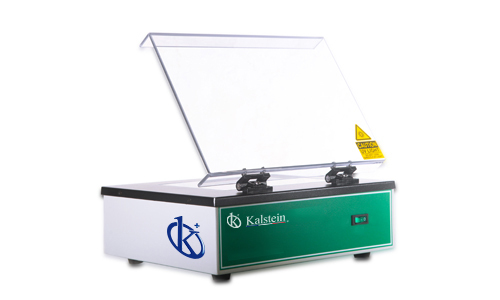Textually, the ultraviolet (UV) transilluminator is an integral tool in biomedical laboratories, allowing researchers to visualize and perform experiments with genetic material such as DNA. However, like any sophisticated instrument, proper calibration of the UV transilluminator can be a challenge, even for the most experienced scientists.
The importance of correct calibration of the UV transilluminator is reinforced by the nature of the experiments to which it contributes. Incorrect calibration can alter vital research results, which can lead to incorrect decisions and loss of valuable research resources.
Understanding common errors in UV transilluminator calibration
Accurate UV light readings are essential for reliable experimental results. However, there are common calibration errors that can jeopardize this accuracy.
– Incorrect transilluminator settings: This is one of the most common errors that can occur when users are unfamiliar with the features and settings of their particular transilluminator. To avoid this, it is important that users read and fully understand the manufacturer’s manual.
– Incorrect calibration routines: Although some laboratories may have individual calibration routines, these may be incorrect or less than optimal. Users should follow the transilluminator manufacturer’s recommended calibration routines to ensure accurate results.
– Inadequate equipment maintenance: It is important to keep equipment clean and in good working condition to ensure accurate calibration. Dust, debris and general wear and tear can affect the accuracy of the UV transilluminator.
How to avoid calibration errors in the UV transilluminator.
Avoiding calibration errors requires attention to detail and a thorough understanding of how your equipment works. Below are some tips to help you avoid these common errors.
– Familiarize yourself with the UV transilluminator: Before using the equipment, it is vital to become familiar with it. This involves reading and understanding the user’s manual, and taking time to experiment in a controlled environment.
– Adopt the recommended calibration routines: Each UV transilluminator has its own recommended calibration routines. These routines are designed to provide the accuracy needed for laboratory experiments.
– Regular equipment maintenance: Regular maintenance of the UV transilluminator helps to ensure its accuracy. This includes regular cleaning of the equipment and checking for wear or damage.
Conclusion on accurate transilluminator calibration.
By staying on top of common errors and following the correct steps to avoid them, we can ensure that our transilluminator will perform at its maximum accuracy capability. So the next time you calibrate your transilluminator, pay attention to potential pitfalls and do your best to avoid them. With practice and experience, you will be sure to get the accuracy you need from this vital laboratory equipment.
We at Kalstein are a manufacturer of laboratory equipment, we are pleased to invite you to visit our high-end products, with updated design and advanced technology; know our transilluminators HERE, you will find the YR models that are available for your purchase, we also have a new 3D platform that has unlimited versatility, present in more than thirty countries worldwide, publish with us without language restrictions, with shipping plans, be seen, you are more.

